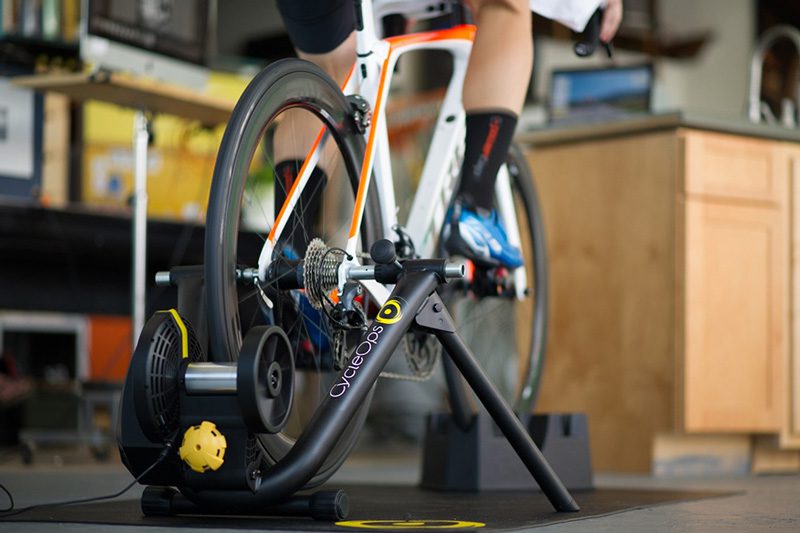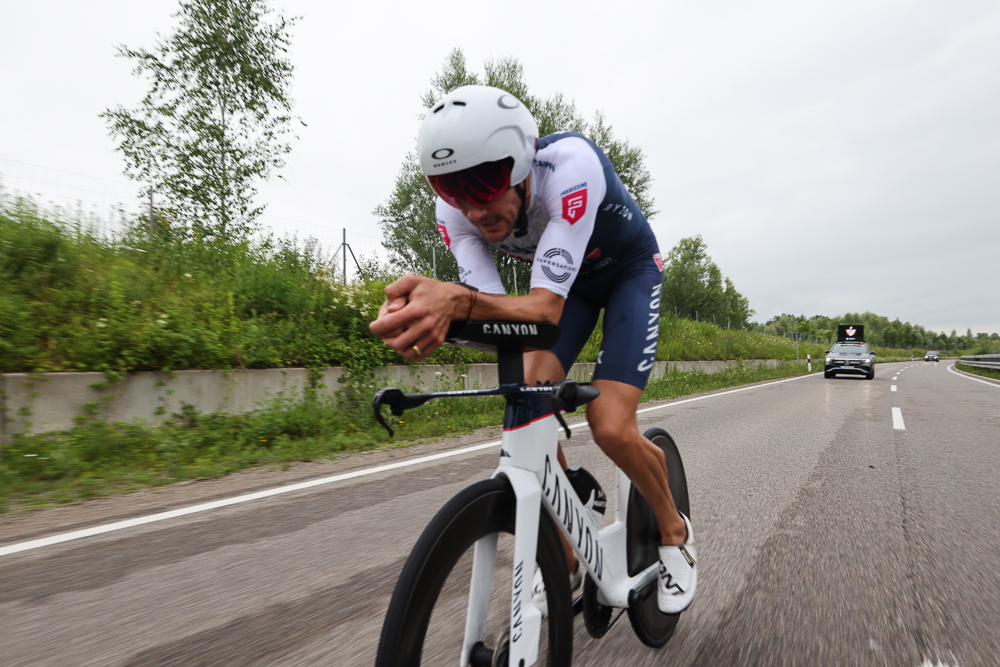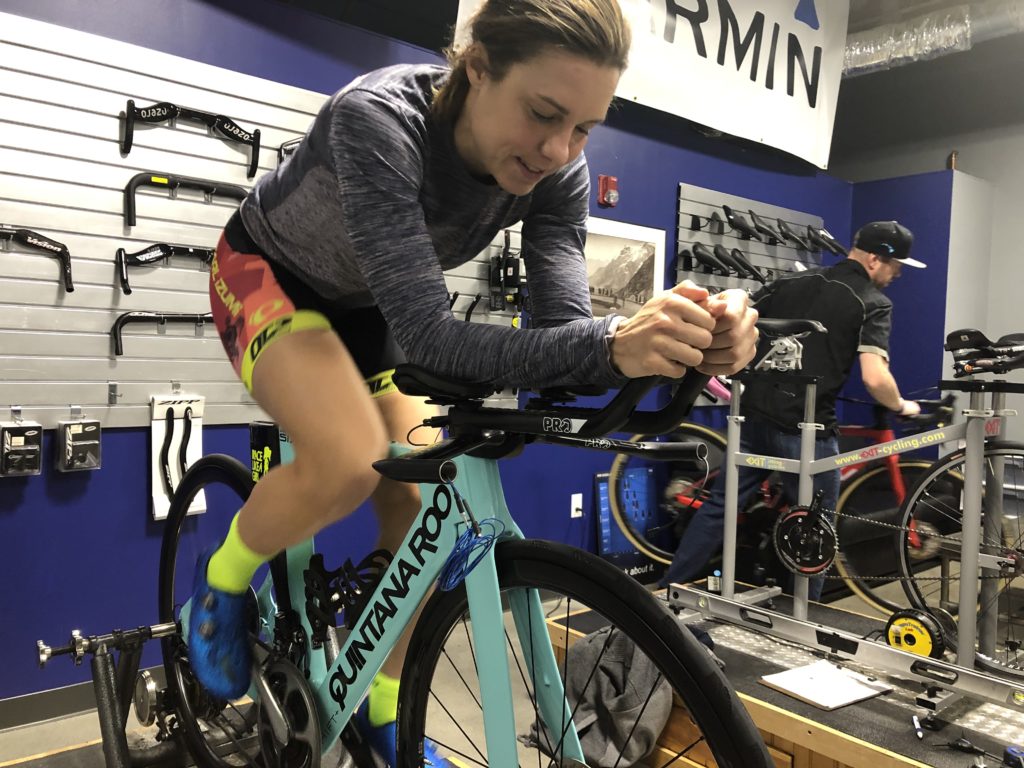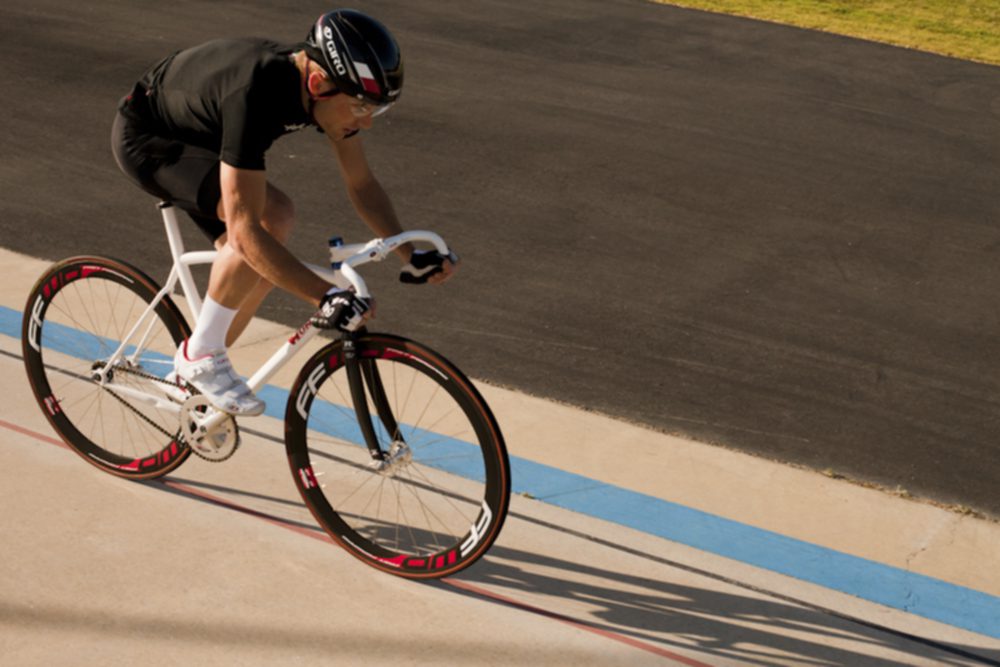Power isn’t everything – 4 ways to improve your bike splits next year that aren’t dependant on strength
Improve your pedalling efficiency this winter for faster tri splits

Despite the chatter you’ll hear during a group ride, the number of watts you can average throughout your race doesn’t necessarily determine whether or not you’ll be the fastest on the course. Proof of that came at last summer’s Zwift Tri-Battle Royale between Jan Frodeno and Lionel Sanders. Frodeno is two kg heavier and 16 cm taller than Sanders. Frodeno pushed seven watts less (305 to 312) for the 180 km bike ride, and went five minutes faster than the Canadian. While Frodeno’s more aero position on the bike was likely a major factor in that difference, watching the two athletes’ pedalling suggests that Frodeno’s pedal stroke is more efficient. Frodeno looks really smooth on the bike. Sanders, well, not so much. Which is why he’s one of the most popular triathletes in the world – fans love the drive and determination that he shows.

Sanders, though, appears intent on working on his biking abilities – he said as much in a video shortly after his runner-up finish at Ironman Chattanooga. One of the goals over the next few months is to get more efficient on the bike.
Which isn’t a bad plan for the rest of us, either. The winter months offer a great opportunity to work on your pedalling technique – it’s one way to get the most out of all the indoor training you’ll be dealing with.
Bike fit
Your ability to pedal properly is very dependent on your fit on the bike, so it’s important that you star there. If you haven’t had your fit checked out over the last few years, it’s likely a worthwhile investment if you feel like there are performance gains to be made. A good bike fit starts with the pedals and cleats, but nailing your seat height and fore-aft saddle positioning will also make a huge difference on how well you can push and pull on the pedals.
Gadgets
Many power meters provide data on torque, how much power you’re applying at different parts of your pedal stroke, and pedal smoothness, how even the power is applied throughout the pedal stroke.
Power meters that can measure that data can then be paired with an appropriate head unit to provide detailed information on just how even your pedal stroke is. Spending time over the winter trying to improve those numbers can be a huge help to your cycling efficiency.
Fixed gear riding
Dennis Mizerski, the owner of Toronto bike store Racer Sportif, has coached hundreds of developing junior cyclists and triathletes over the years. He’s a huge advocate of riding with a fixed gear bike – either on the track or outside – to improve your pedalling efficiency. Because you can’t change gears to go faster or slower, you control your tempo through your cadence. And, whether you like it or not, you’re forced to work through the entire pedal stroke – your legs are moving with the gear.
Drills
If those two options aren’t available to you this winter, you can also do a lot by simply working on your technique through drills. Here are a few you can try:
- One legged pedalling: clip out of one pedal and push with the other leg. Your goal is to avoid the “thunk” that you’ll likely hear at the top of the pedal stroke. Most of us are not very good at keeping the pressure on the pedals from through the last third of the stroke (think 9 to 1 o’clock). Focus on using your adductors (muscles on the inside of your thigh) to help keep the pressure on the pedals.
- Fast spinning: pedalling at really high cadences can be helpful to work on your efficiency. Pedal at 100 to 110 rpm for intervals of 15 to 30 seconds, making sure that you are not bouncing on the saddle.
- Big gear efforts: This is the exact opposite of the fast spinning drill – here you are in a big gear and pedalling at a slow cadence (60 to 70 rpm). These should be longer efforts of up to five minutes. As you get tired stay focussed on pulling through the entire pedal stroke, using your quads and glutes to push down, hamstrings to pull back, and adductors to push through the top.


